How have fitness centres evolved in modern condo buildings?

Fitness centres in condominium buildings have transformed dramatically over recent decades, shifting from basic basement rooms with a few machines to sophisticated wellness hubs that rival commercial gyms. Developments like Holland Drive Condo exemplify this evolution, integrating fitness facilities that reflect changing resident expectations and contemporary approaches to wellness. Today’s condo fitness centres fundamentally rethink what exercise spaces can offer residential communities.
Equipment diversity
The most visible evolution in condo fitness spaces involves equipment selection and variety. Early condo gyms typically featured minimal cardio options—perhaps a treadmill or stationary bike—and basic strength training equipment. Contemporary fitness centres now accommodate diverse workout preferences with carefully curated equipment collections that support multiple training styles. Modern spaces typically include commercial-grade cardio machines with integrated entertainment systems, functional training areas with equipment like kettlebells and suspension trainers, and strength zones featuring machine and free weight options. This diversity acknowledges that residents’ varying fitness backgrounds, goals, and preferences deserve accommodation within their home environment.
Tech integration
Technology has revolutionised how residents interact with fitness facilities in their buildings. Digital advances have enabled:
- Keyless entry systems allowing 24/7 secure access
- Reservation platforms for equipment or class scheduling
- Virtual training programs displayed on wall-mounted screens
- Connected equipment that tracks workout metrics
These technological solutions enhance convenience while providing personalised experiences previously available only in premium fitness clubs. Many buildings now offer dedicated apps where residents can book personal training sessions, register for classes, or connect with neighbours for workout partnerships.
Spatial design
The physical layout and design approach to fitness spaces have evolved dramatically, reflecting a deeper understanding of how the environment influences exercise motivation. Early condo gyms were often afterthoughts—windowless rooms with fluorescent lighting and minimal aesthetic consideration. Today’s fitness centres prioritise natural light, appropriate acoustics, and thoughtful spatial organisation that supports different workout intensities.
- Dedicated zones that separate high-impact activities from quieter exercise
- Floor materials explicitly selected for exercise safety and sound absorption
- Strategic mirror placement that facilitates proper form without creating overwhelming reflective surfaces
- Transitional spaces like hydration stations and stretching areas
These design considerations recognise that the physical environment significantly impacts exercise adherence and satisfaction, ultimately enhancing the value residents derive from these amenities.
Wellness expansion
Perhaps the most profound evolution involves the conceptual shift from “gyms” to comprehensive wellness centres. Modern condo fitness facilities increasingly incorporate elements that support holistic health beyond physical exercise. Mind-body connections are emphasised through dedicated yoga studios or meditation spaces equipped with appropriate lighting and sound insulation. Recovery tools like foam rollers, massage guns, and stretching guides acknowledge the importance of restoration in fitness programming. Some buildings now include assessment technologies such as body composition analysers or fitness testing equipment that help residents track their progress comprehensively. This holistic approach reflects contemporary understanding that wellness encompasses mental health, recovery, and lifestyle factors alongside traditional exercise.
The evolution of fitness centres in condominium buildings represents more than just upgraded equipment—it reflects fundamental shifts in how we understand residential wellness amenities. As these spaces evolve, they increasingly blur the line between home environments and premium wellness destinations, creating unprecedented convenience for residents committed to healthy lifestyles while adding substantial value to condominium living.


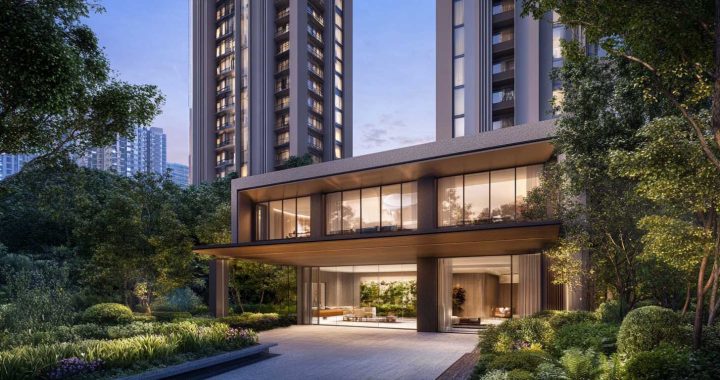 Narra Residences and The Sen: Shaping the New Language of Urban Luxury in Singapore
Narra Residences and The Sen: Shaping the New Language of Urban Luxury in Singapore  How MLS Austin Texas Impacts Sellers with a flat fee listing option
How MLS Austin Texas Impacts Sellers with a flat fee listing option 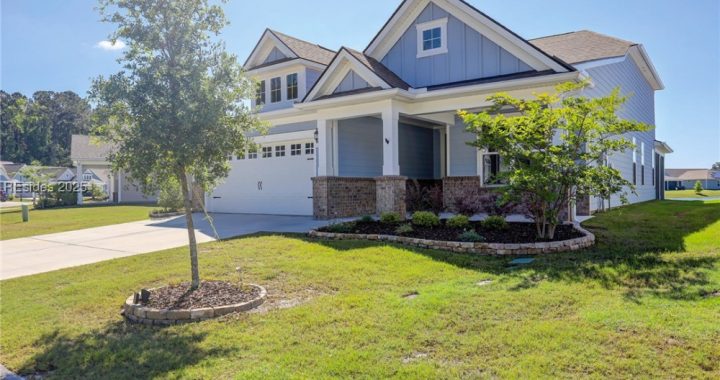 Key Mistakes to Avoid When Using MLS Real Estate Listings
Key Mistakes to Avoid When Using MLS Real Estate Listings  A Simple Guide to Property Auction Websites
A Simple Guide to Property Auction Websites  How to Sell Your Home Quickly: Tips for a Fast Sale
How to Sell Your Home Quickly: Tips for a Fast Sale 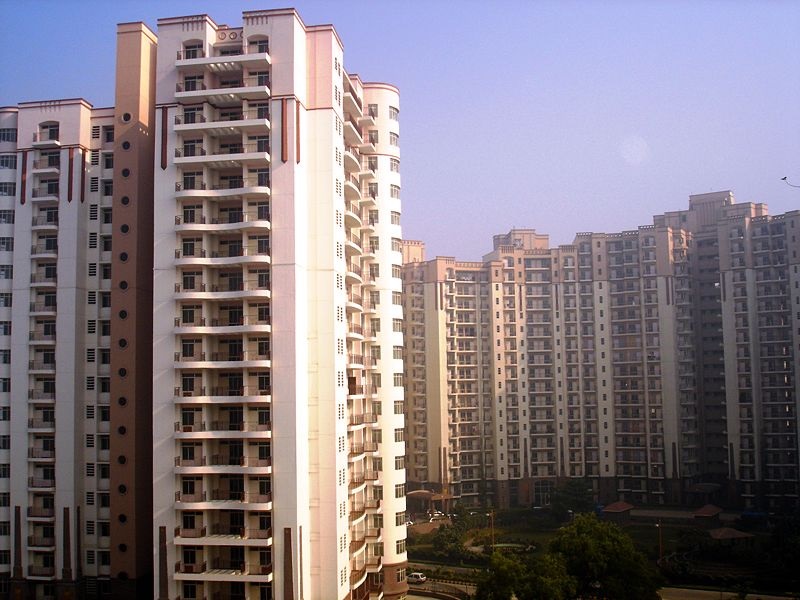 The Ultimate Guide to Buying Your First Home
The Ultimate Guide to Buying Your First Home  More buyers exploring different living styles as preferences shift this year
More buyers exploring different living styles as preferences shift this year 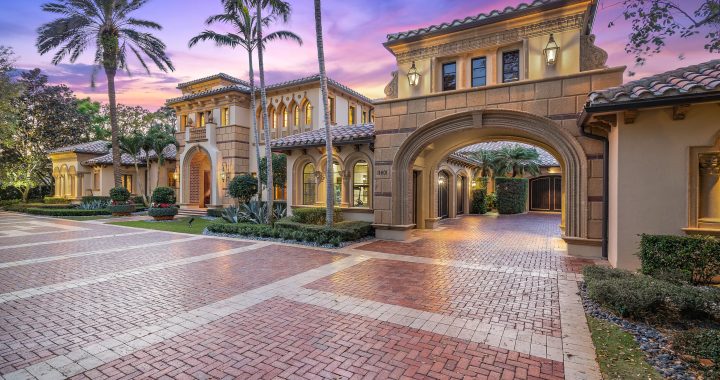 Why Buy a Luxury Home with AC and a Garage in Palm Beach?
Why Buy a Luxury Home with AC and a Garage in Palm Beach?  Auckland’s Top Hardwood Floor Sanding & Varnishing Experts
Auckland’s Top Hardwood Floor Sanding & Varnishing Experts 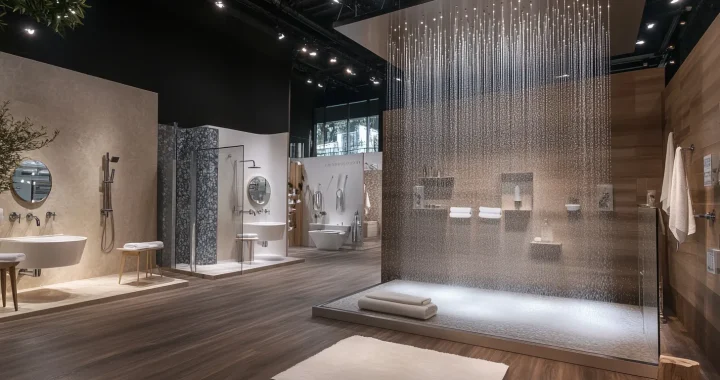 How to Upgrade Your Bathroom with a New Vanity
How to Upgrade Your Bathroom with a New Vanity